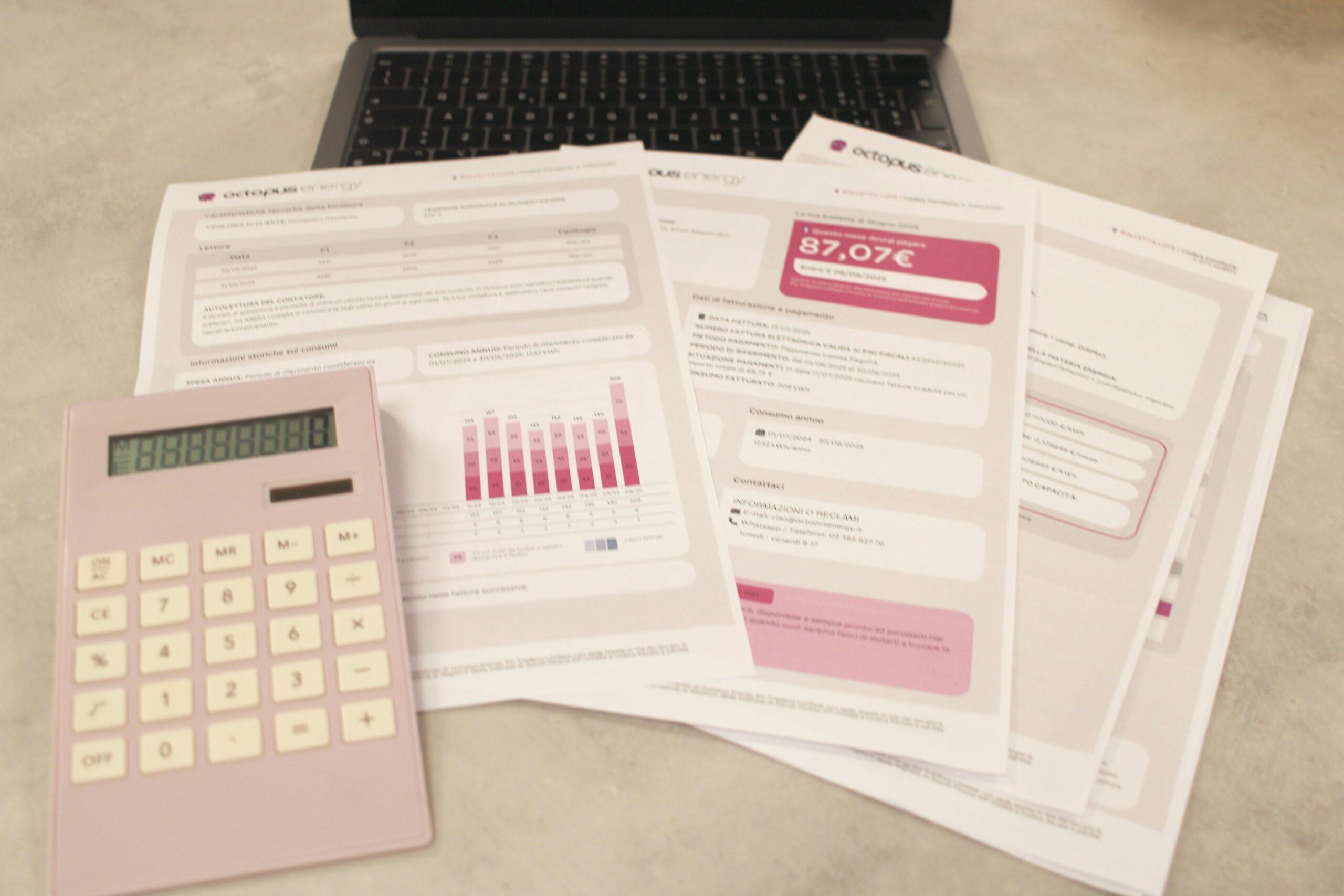Ever felt like your student loans are breathing down your neck while you’re juggling bills, groceries, and rent? Yeah, us too. It’s hard enough trying to adult without wrestling with loan servicers over repayment options. Spoiler alert: Income-Driven Repayment Plans (IDR) might just save your sanity—and your wallet.
In this guide, we’ll explore what IDR plans are, how they can help defer or lower payments during tough times, tips for enrolling in them successfully, and some brutal truths about why these programs aren’t perfect. By the end, you’ll have actionable steps to tackle loan stress head-on.
Table of Contents
- What Are Income-Driven Repayment Plans?
- How to Enroll in an IDR Plan
- Pros and Cons of IDR Plans
- Real-Life Case Studies
- Frequently Asked Questions
Key Takeaways
- Simplify Payments: Income-Driven Repayment Plans adjust monthly payments based on your income.
- Loan Forgiveness Potential: Some IDR plans offer forgiveness after 20–25 years of qualifying payments.
- No Free Lunch: While helpful, IDRs can extend payment terms and increase total interest paid.
What Are Income-Driven Repayment Plans?
Imagine having a payment plan that flexes with your paycheck instead of squeezing every last dollar out of you each month. That’s exactly what Income-Driven Repayment Plans (IDRs) do. These plans reduce monthly payments to 10–20% of your discretionary income, making life a little less stressful when money is tight.
Types of Income-Driven Repayment Plans include:
- Pay As You Earn (PAYE)
- Revised Pay As You Earn (REPAYE)
- Income-Based Repayment (IBR)
- Income-Contingent Repayment (ICR)

These programs also come with perks like loan forgiveness after 20–25 years—assuming all eligibility criteria are met. Sounds dreamy, right? Well, hold onto your coffee mug because it’s not *all* sunshine and rainbows.
How to Enroll in an IDR Plan
Enrolling in an IDR plan may sound straightforward, but trust me—it requires patience. Here’s a step-by-step breakdown:
Step 1: Verify Eligibility
First things first, check if your loans qualify. Federal Direct Loans and FFEL Program loans typically make the cut, but private loans don’t. Sorry!
Step 2: Complete the Application
Head to StudentAid.gov and complete the official application. You’ll need tax returns, pay stubs, and other financial info handy. This part feels like filling out taxes…again.
Step 3: Annual Recertification
Pro Tip: Don’t forget to recertify annually. Missing this deadline resets your payment to the standard amount, which could blow up your budget faster than Netflix crashes during peak hours.

Pros and Cons of IDR Plans
Pros
- Affordable Payments: Payments tailored to your income mean more room for essentials.
- Loan Forgiveness: After decades of consistent payments, remaining balances may be wiped clean.
- Deferment Options: Temporary deferments during unemployment or economic hardship are available under certain IDR plans.
Cons
- More Interest: Longer repayment periods often mean higher overall costs due to accrued interest.
- Paperwork Overload: Keeping up with annual documentation can feel like managing a second job.
Grumpy Optimist Alert: “Optimist You:” ‘Hey, at least there’s a light at the end of the tunnel!’ Grumpy You: ‘Yeah, but I’d rather not live inside a spreadsheet for the next two decades.'”
Real-Life Case Studies
Meet Sarah. A nurse earning $45k/year, she enrolled in PAYE and saw her monthly payments drop by nearly half. She was able to allocate extra funds toward emergency savings—a game-changer during unexpected car repairs.
Alternatively, meet Jake, who ignored annual recertifications and got hit with retroactive billing. His advice? Set reminders six months early. Learn from his mistake; it sounds like nails scraping across a chalkboard, doesn’t it?
Frequently Asked Questions
Can private loans use Income-Driven Repayment Plans?
Nope! IDR plans only apply to federal student loans. Private lenders play by their own rules.
Will my spouse’s income affect my IDR plan?
Possibly. If you file taxes jointly, their income will factor into calculations. File separately if avoiding this is crucial.
Is loan forgiveness taxed?
Typically, yes. However, recent legislation offers temporary exemptions depending on timing and circumstances.
Conclusion
Navigating student debt can feel like being trapped in a Choose Your Own Adventure book where every choice seems wrong. But with tools like Income-Driven Repayment Plans, you gain flexibility and control—even if paperwork makes you want to scream into a pillow.
Remember, smart financial moves today set you up for stability tomorrow. Whether you’re using IDR as a short-term lifeline or long-term strategy, take action now. And hey, treat yourself to a latte afterward—you’ve earned it.
Like a Tamagotchi, your financial health needs daily care. Stick with it.


